How to Buy Diamonds
Congratulations! You’re about to join the ranks of monarchs, moguls and jewelry connoisseurs all over the world who have purchased diamonds and appreciate their rare beauty. No one can tell you exactly which diamond to buy because everyone’s ideal diamond differs. If you heed the following guidelines you will be more confident in your search and your diamond buying experience will undoubtedly be more enjoyable.
With over 40 years of experience buying, selling and grading diamonds, Philippe Medawar is the quintessential destination for diamonds. Diamond Graduate staff with diplomas from the esteemed GIA (Gemological Institute of America) advise that you consider the source, don’t buy "magic carat weights," consider how the diamond will be worn before choosing clarity and color, ask for diamonds with a GIA diamond grading report and immediately have your diamond appraised and insured. All of these buying tips are elaborated upon below. Philippe Medawar looks forward to assisting you with additional inquiries as you navigate the diamond world.
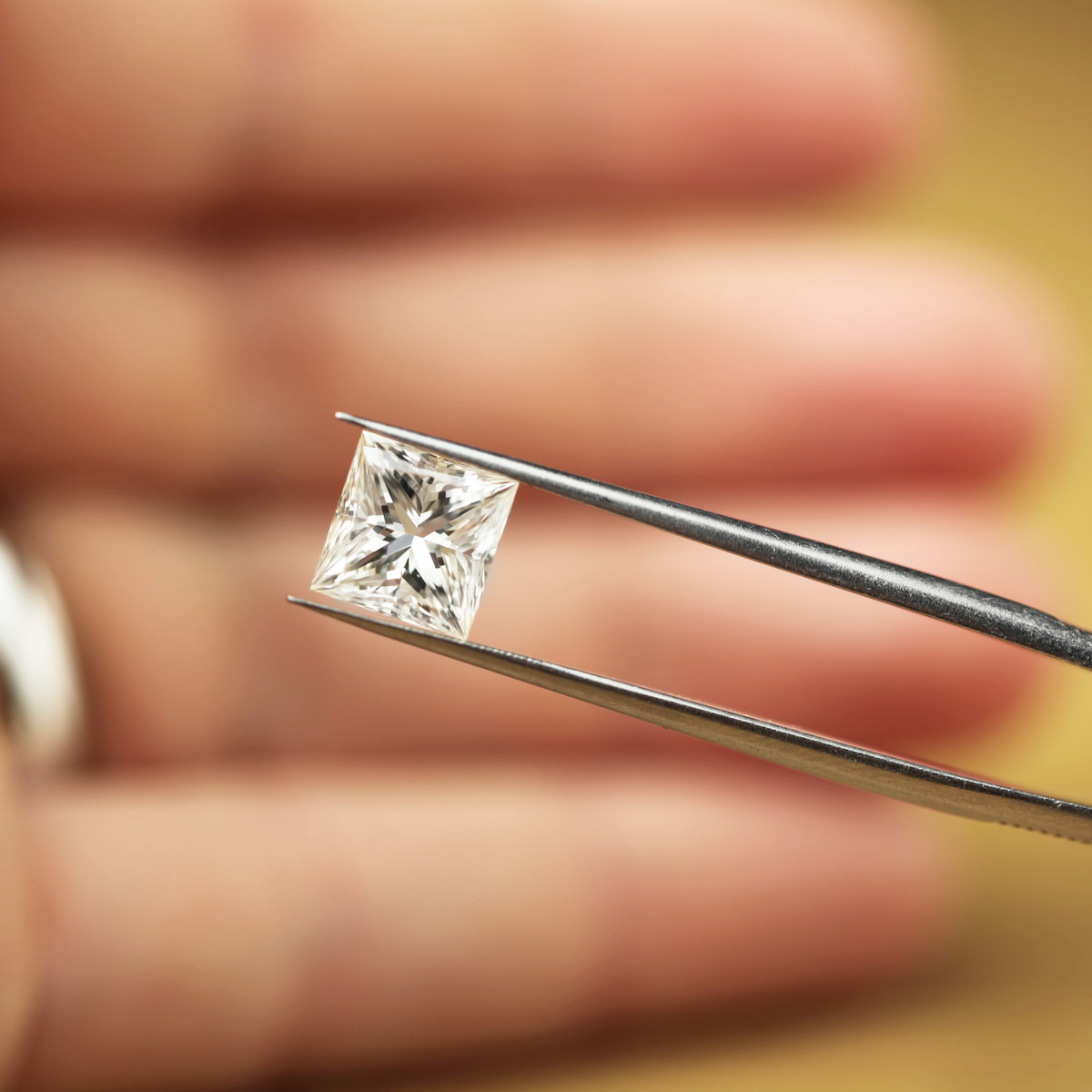
Watch this video from GIA for an introduction to the 4Cs and additional tips on choosing diamonds...
The 4Cs
Clarity, Color, Cut, Carat Weight
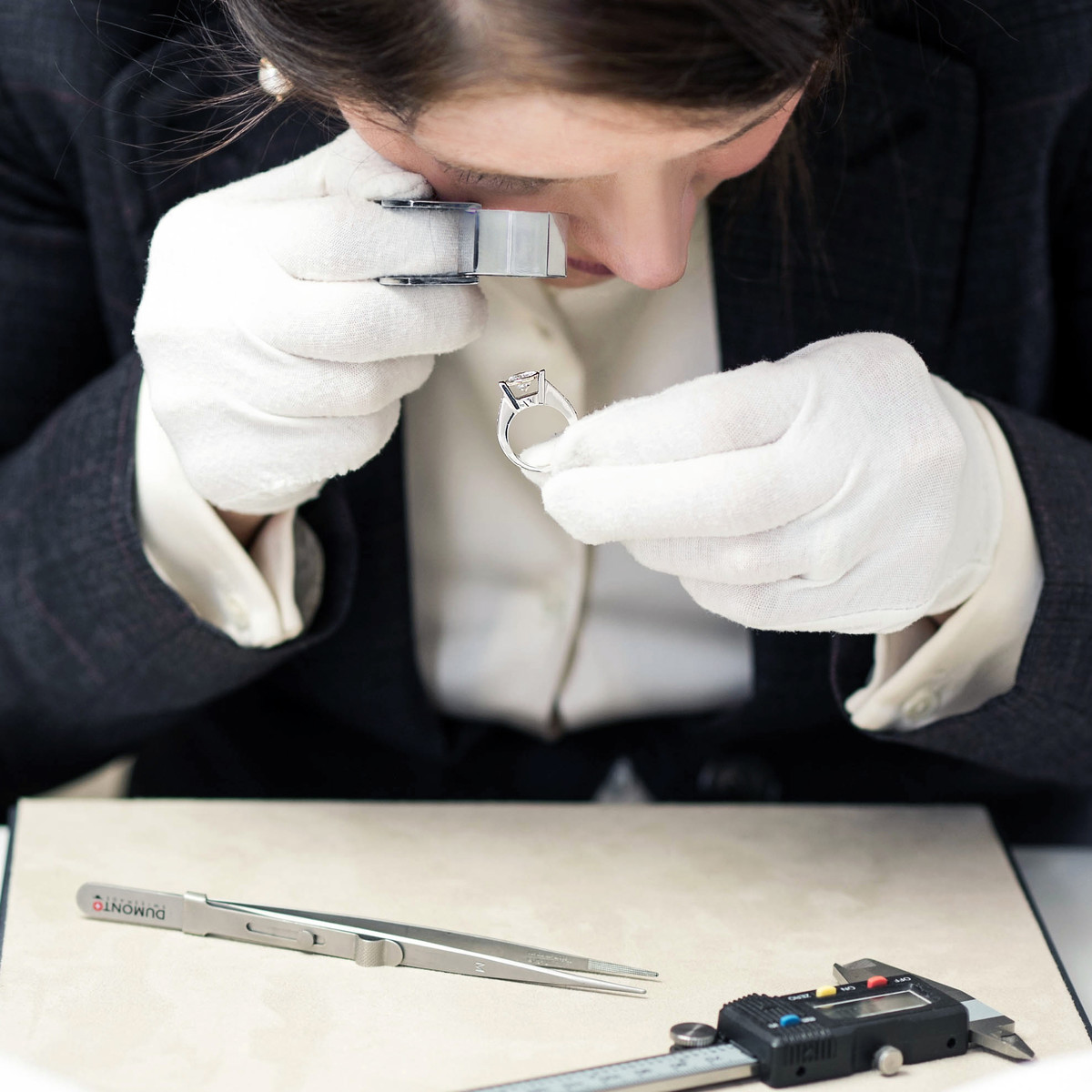
Clarity
The term clarity is defined as the degree to which a diamond is free from blemishes and inclusions (GIA). Blemishes are characteristics found on the diamond’s surface and inclusions are internal. Clarity characteristics can be caused in diamond as it formed 100 miles beneath the earth’s surface, when it is being cut or by wear and tear. The more a diamond is free of clarity characteristics, the rarer. The rarer a diamond, the more valuable. GIA devised a clarity grading system that is internationally used and recognized. No matter where you are in the world, or if the store with whom you are dealing has their own grading system, they should convert their scale to GIA’s system at your request. The 11 grades in the GIA clarity grading system are explained below.
We also recommend that clients shopping for a diamond to be set in a ring choose a higher clarity than if shopping for earrings or other jewelry items. Because rings are viewed closer than other diamond jewelry – especially brand new engagement rings – the clarity should be higher! To see internal characteristics in diamonds graded above VS2 (Very Slightly Included) one must use 10x (power) magnification; therefore, VS2 is the clarity grade that is most economical if you don’t want to see any internal characteristics with the naked eye.
Philippe Medawar stocks a large inventory of loose diamonds of various clarity grades, many with GIA Diamond Grading Dossiers. If you’d like to learn more, please call for an appointment at your convenience.
Color
Many people are unaware that diamonds naturally occur in every color of the rainbow. However, the GIA color grading system described in this context is for colorless diamonds. Most diamonds are varying degrees of slight yellow, brown or grey. The more colorless a diamond, the higher it’s per carat price. In the past, jewelers would say their diamonds were grade “A, AA or white,” which is why GIA chose “D-Z” to alleviate potential confusion. The letter “D” denotes a color grade of colorless and the closer you get to the letter “Z” the more yellow, brown or grey the diamond. Some diamonds emit a visible light called fluorescence when exposed to UV radiation. The most common color of fluorescence is blue. If a diamond has strong blue fluorescence it may cancel out some of the yellow color. But if the fluorescence is very strong, the diamond may appear cloudy.
Philippe Medawar recommends considering the diamond’s color grade when choosing a mounting. Platinum or white gold will make the yellow in a diamond more noticeable; whereas, a yellow gold mounting may mask the color better. Clients should note that a diamond’s body color is different than the spectral colors called fire or dispersion. Philippe Medawar cautions clients to be aware that there are many diamond imitations in the marketplace in addition to diamonds that have been color-treated. Untreated, natural diamond will always command a higher price. Philippe Medawar stocks a large inventory of loose diamonds of various color grades, many with GIA Diamond Grading Dossiers. If you’d like to learn more, please call for an appointment.
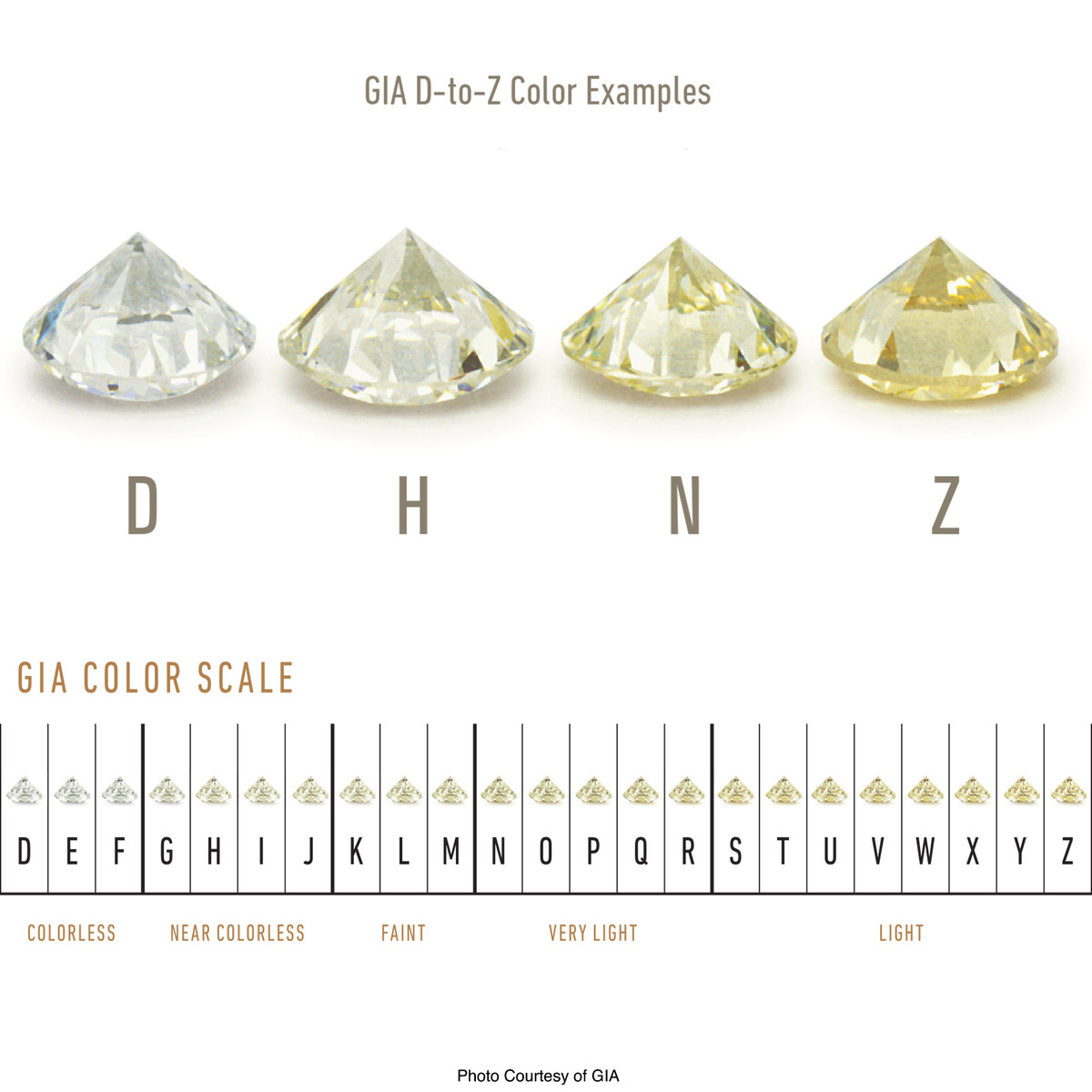
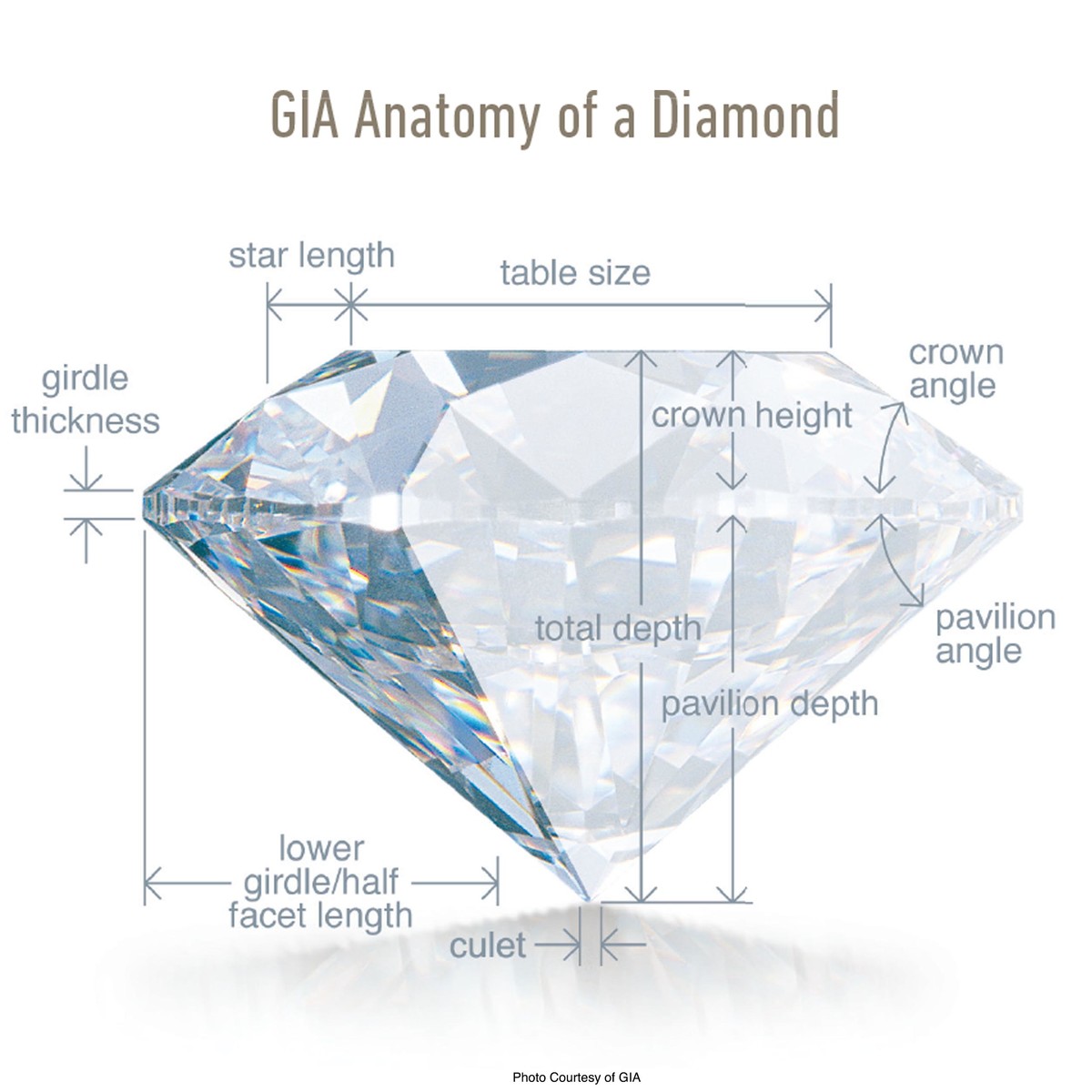
Cut
Arguably the most important of the 4CS, and usually the most neglected by consumers, a beautifully cut diamond is a true masterpiece to behold. A diamond’s cut is the human contribution to a diamond’s beauty. How the diamond is cut effects each of the other 4CS; the cut can enhance diamond color and hide inclusions. When analyzing a rough piece of diamond, the visionary cutter must plan how to produce the most valuable combination of characteristics. These gifted craftsmen employ tremendous skill and hundreds of years of study to showcase a diamond most spectacularly. For example, esteemed gemologist and mathematician Marcel Tolkowsky (1899-1991) first formulated the round brilliant (often called the “American Ideal Cut”) in 1919 with various proportion modifications made by the trade in the decades thereafter.
The proportion of a diamond is the relationship between the sizes and angles of parts of the diamond and its facets. Proportions affect light as it enters the diamond with the goal that light reflect back to the viewers’ eyes with brilliance, sparkle and fire (the separating of white light into its spectral hues). If the diamond is cut too shallow or too deep, light leaks out the sides and pavilion making the diamond appear dark and unappealing.
"Cut” is also incorrectly used to describe various diamond shapes. Any shape other than the standard round brilliant is termed a “fancy” cut. The most common “fancies” are oval, cushion, pear, marquise, heart, princess, radiant and emerald cuts.
Philippe Medawar has a vast array of loose diamonds that are hand-chosen for their scintillating beauty, many with GIA Diamond Grading Dossiers. Please call for an appointment if you'd like to learn more.
Carat Weight
The metric carat, which equals 0.200 gram, is the standard unit of weight for diamonds. If other factors (clarity, color & cut) are equal, the more a gemstone weighs, the more valuable it will be. One carat equals 100 points and one point is 1/100, or 0.01, of a carat. If you see a ring in a jeweler’s showcase that has 100 tiny (one point) diamonds that total 1.00 carat next to a ring that features just one large 1.00 ct. diamond – the prices will be very different. One large diamond is rarer and much more valuable than 100 tiny diamonds of equal weight. Small increments of a carat can mean the difference in thousands of dollars. Also, please keep in mind that if a 1.00 ct. diamond commands a certain price, a 2.00 ct. diamond of exactly the same clarity, color and cut will not be the same price per carat, it will be much more per carat though they are equal in every other way. The larger the diamond, the rarer and; therefore, the higher the per carat price.
Philippe Medawar cautions that “magic carat weights” or “magic sizes” such as 1.00 ct., 1.50 ct. or 2.00 ct. command a higher price. If you are willing to buy “light” (instead of a 1.00 ct. diamond, purchase one weighing .95 ct.) or “heavy” (instead of a 1.00 ct. diamond, purchase one weighing 1.10 ct.) you will not pay a premium price. You may want to consider if the size of the diamond is most important to you or other factors, such as clarity, color and cut.
The expert staff at Philippe Medawar offers guidance to those with questions regarding the carat weight of diamonds and stocks a large assortment of various carat weights for your consideration.
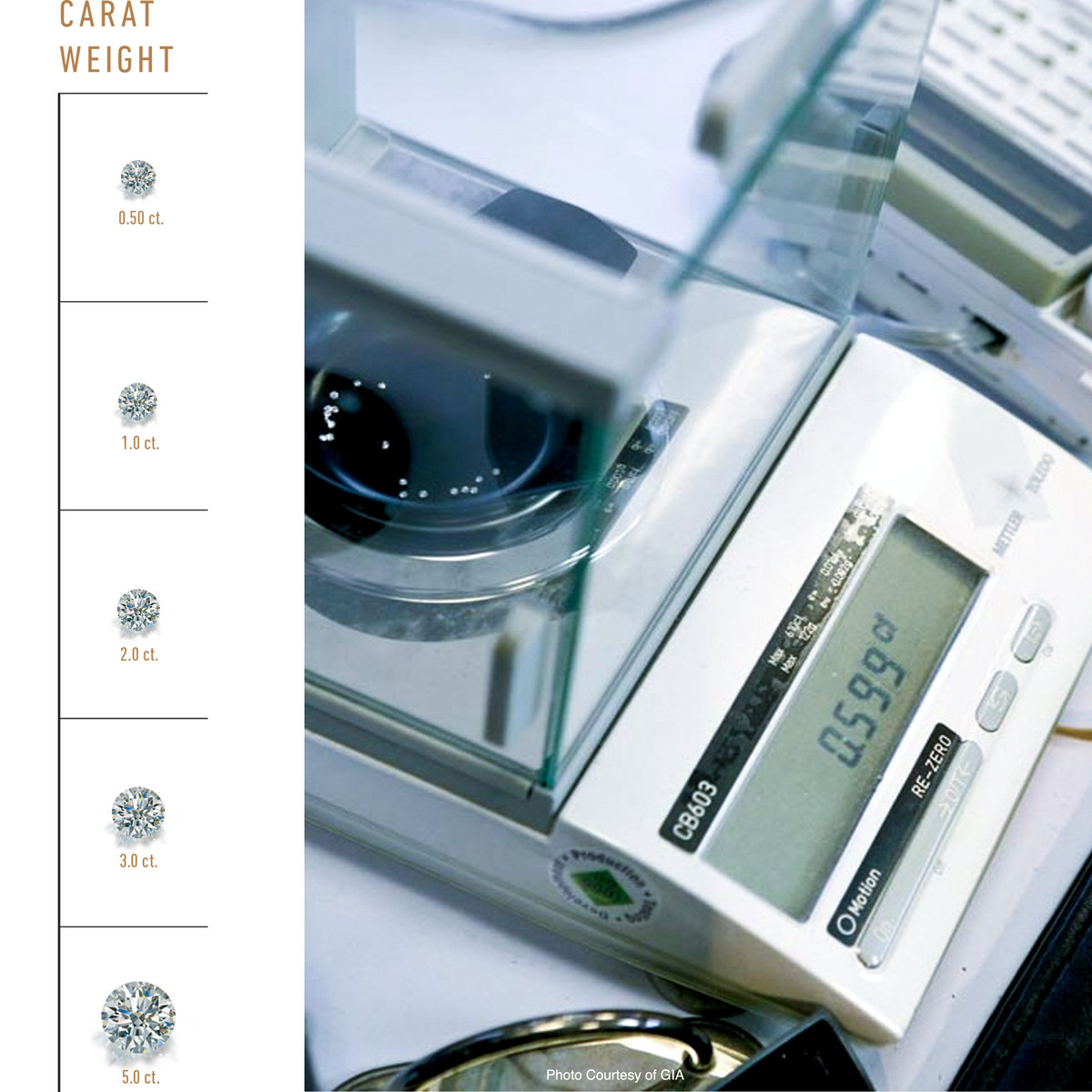
Diamond Facts
Diamonds come in a variety of colors and shapes
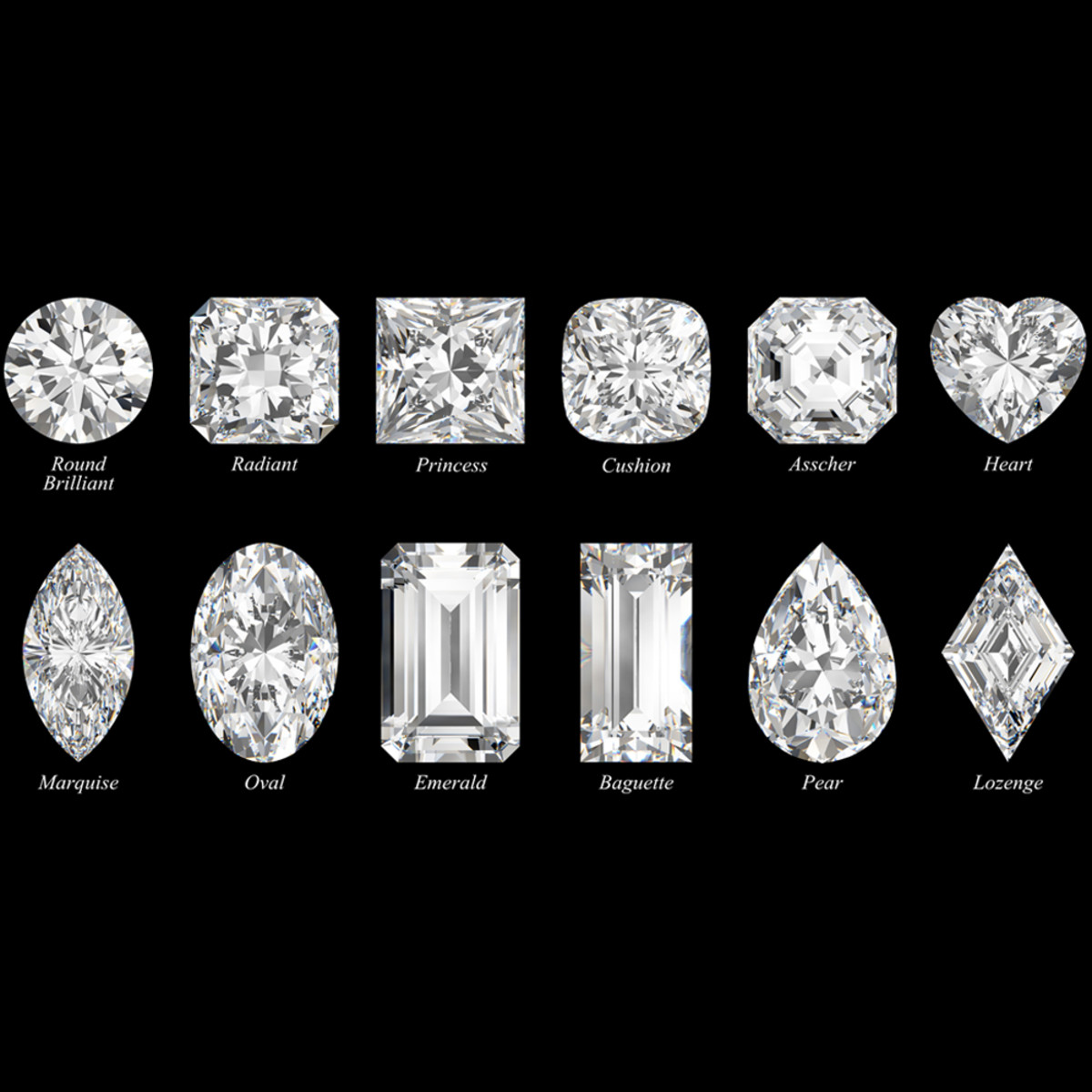
DIamond Shapes
Diamonds are cut in a wide variety of shapes. Shapes other than the standard round brilliant are called “fancy.” Some common shapes are pictured left. A cushion shape diamond, also known as a pillow, is a modified brilliant with rounded corners and may have larger facets than its round brilliant counterpart. A marquise (pronounced mar-keez) is essentially oval in shape but with pointed ends. The emerald shape is actually a rectangular step cut that was nicknamed “emerald” because gem cutters most frequently cut emeralds in this shape. A baguette is another step-cut that is rectangular, or tapered, and is usually used for small diamonds. A pear shape is essentially a round diamond with a point on the top, like the fruit. Most clients have diamond shape preferences and Philippe Medawar can advise on the perfect way to set your diamond so that it’s protected in the mounting and best showcases its dazzling beauty.
Fancy Color Diamonds
A rainbow of choices await the discerning buyer of Fancy Color Diamonds! In the gem world, rarity equals value. Blue, green and pink are the rarest and; therefore, the most valuable. Trace elements are responsible for a Fancy Color Diamond's delightful colors. The color in blue diamond is caused by boron and the yellow color is caused by nitrogen. The more the coloring agent, the stronger the color. Even small color variations can dramatically affect the per carat price of Fancy Color Diamonds. Philippe Medawar cautions clients that a diamond color graded K-Z is not a Fancy Color Diamond. Light yellow and brown colorless diamonds are not the same as fancy yellow and fancy brown colored diamonds. Other characteristics – like clarity – are much less important than the color. Fancy Color Diamonds are very rare and the lovely color is the star.
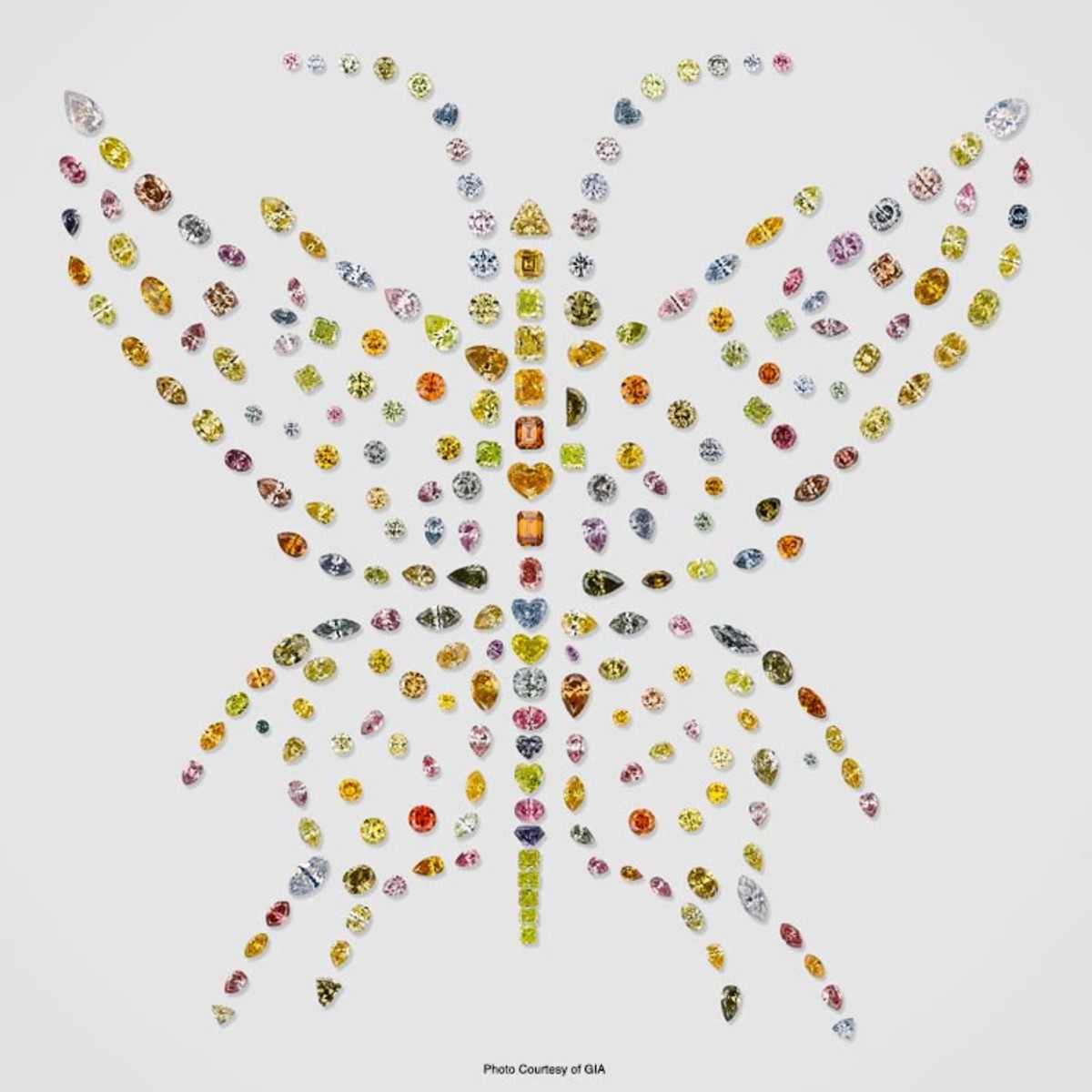
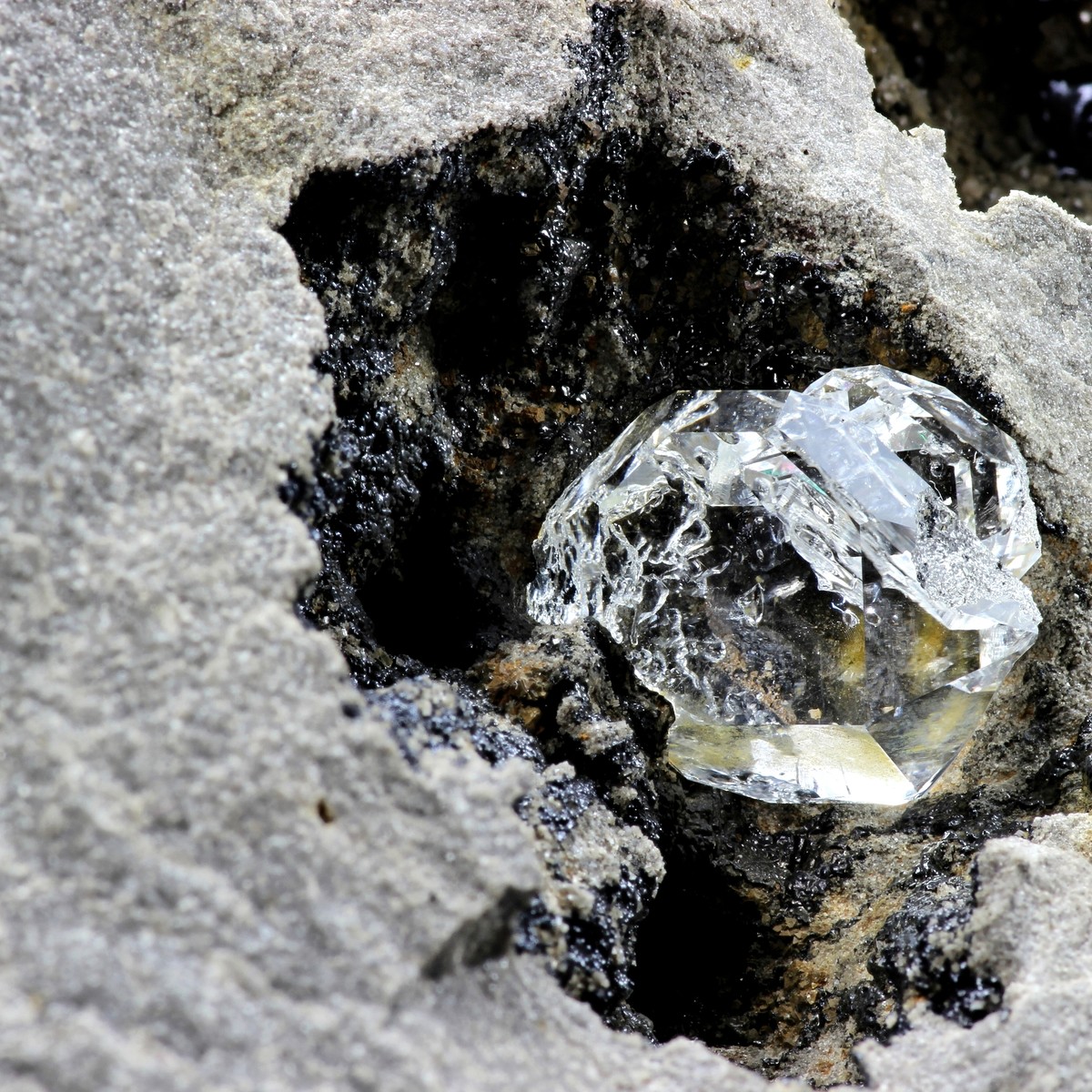
Fair Trade Diamonds
When buying a diamond, Philippe Medawar urges clients to carefully consider the source. Only purchase diamonds from a trusted jeweler who can assure you that they only sell “fair-trade” or “conflict-free” diamonds and specializes in diamonds with GIA diamond grading reports. Philippe Medawar supports The Kimberly Process, a movement to remove conflict diamonds from the global supply chain. Conflict, or "blood," diamonds can be defined as "rough diamonds used to finance wars against governments" (Kimberly Process). Philippe Medawar remains committed to uniting with other like-minded jewelry professionals in the eradication of conflict diamonds. While shopping online is fine for research and comparison, be cautioned that it’s impossible to assess the authenticity of what is represented in cyber-space without knowing the reputation of the seller and having the diamond physically examined by trained diamond graders.
Philippe Medawar only purchases diamonds from trusted diamond dealers who make every effort to buy from reputable, legitimate sources. His oldest and most trusted diamond supplier said that if the diamond’s origin is even remotely questionable, he won’t buy it. You may buy with confidence from Philippe Medawar who guarantees that clients will receive fair-trade, conflict-free diamonds.
